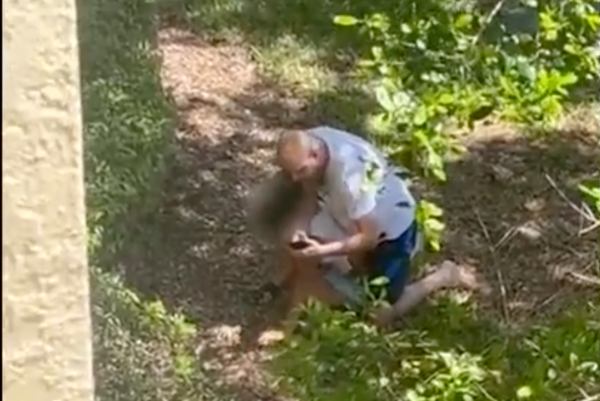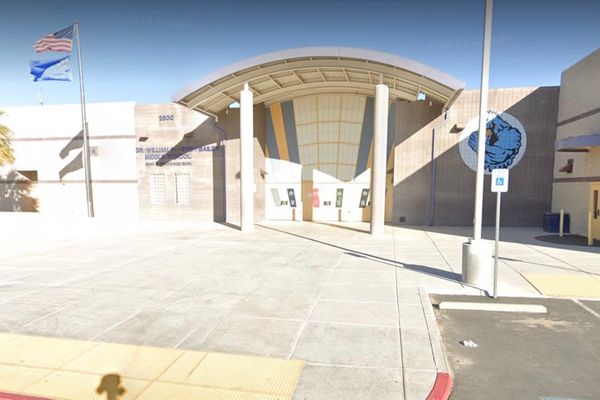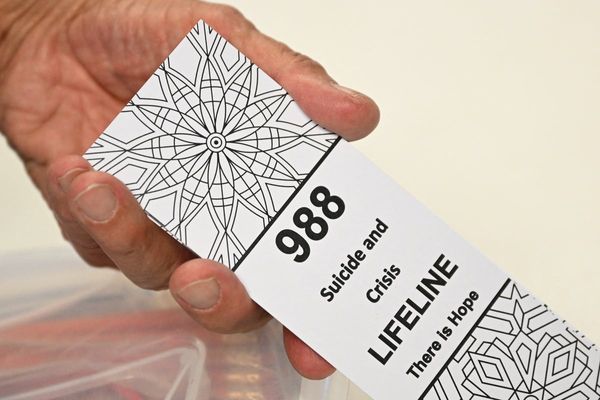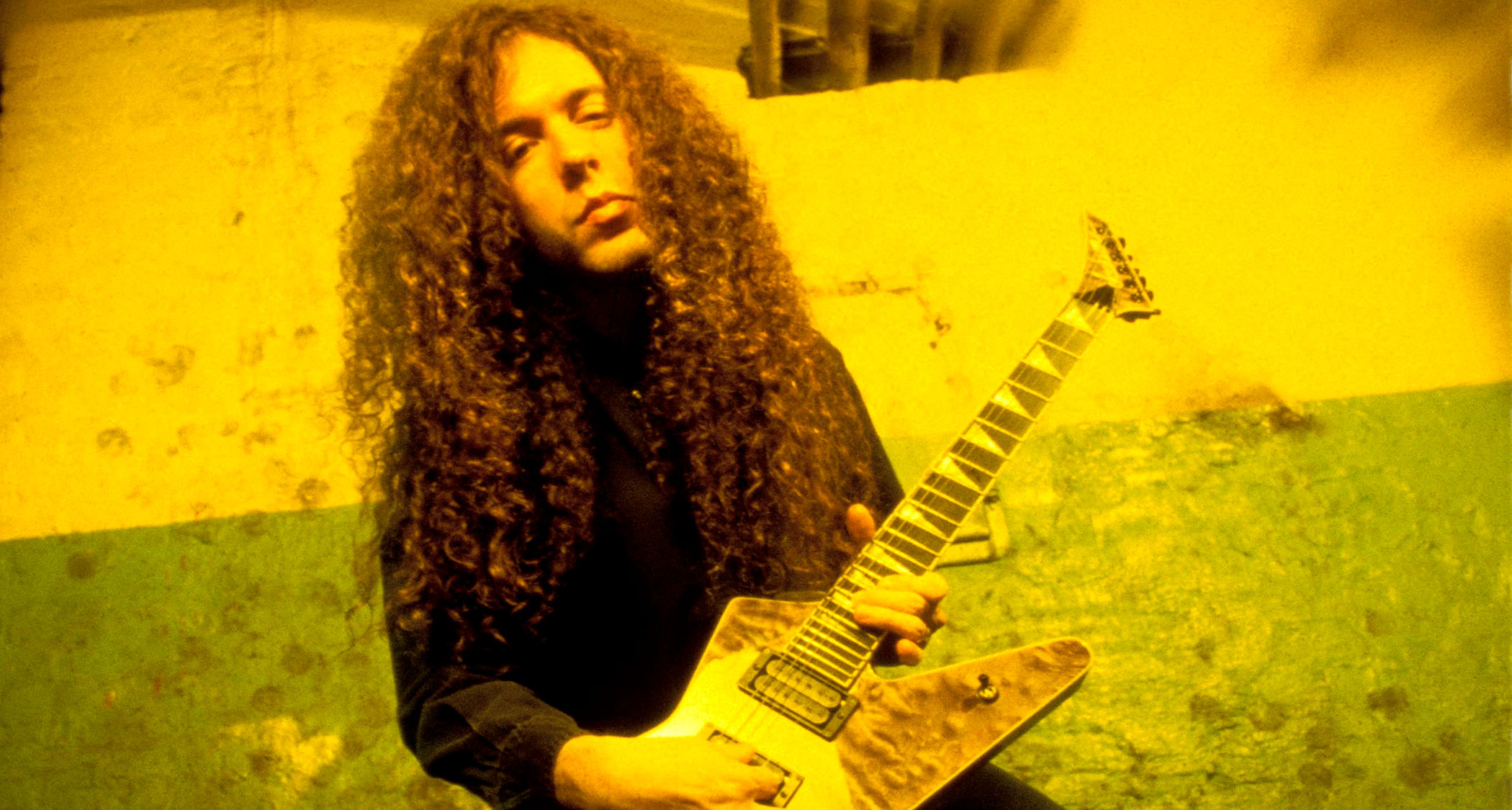
Enough time has passed since December 1991 that it feels okay that we can revisit that month’s Guitar World cover and declare it one of the greatest of all time.
Neal Preston took the photo, and it is a work of art Megadeth’s twin-guitar partnership Dave Mustaine and Marty Friedman were the subjects, both in the possession of Jackson guitars, period-correct hair, and Preston even manages to capture Mustaine in a Mona Lisa mood. Just look at that face; is MegaDave smiling?
Maybe. Or perhaps it was indigestion. Anyhoo, it’s Friedman we’re interested in, and more to the point the Jackson that this magnificent shred poodle of a man is holding. The story behind this prototype Firebird-esque electric guitar is what we’re after when we gave Friedman a call…
When and where did you buy this guitar?
“I’m sure I was somewhere on the road, right around the time of the photo shoot, when Jackson presented me with several guitars of very cool shapes. It might have been a prototype.”
What drew you to it?
“I loved the shape. Jackson should get more recognition for being the first top-tier company to make guitars of radically ‘heavy metal’-looking shapes way before anyone else did. Arguably, they were the only top-tier company making them for a very long time. Before Jackson, all the weird-shaped guitars were sonically and visually suited to other genres, like surf music or retro stuff.”
Did you modify it to fit the music you were playing at the time?
“I’ve never needed to modify any Jacksons.”
How did this guitar — as opposed to others — impact how you played?
“At this time, in [Megadeth], we used only a pretty basic palette of guitar sounds, so any given guitar taken on tour would have a similar tone – a big, thick rhythm sound and a juicy lead tone. That was all I needed to get the job done.
“I was playing my signature model, the KE-1, for most of any given set, so I would bring this guitar out once or twice because it looked like a curvy version of my main guitar. That was the main difference.”
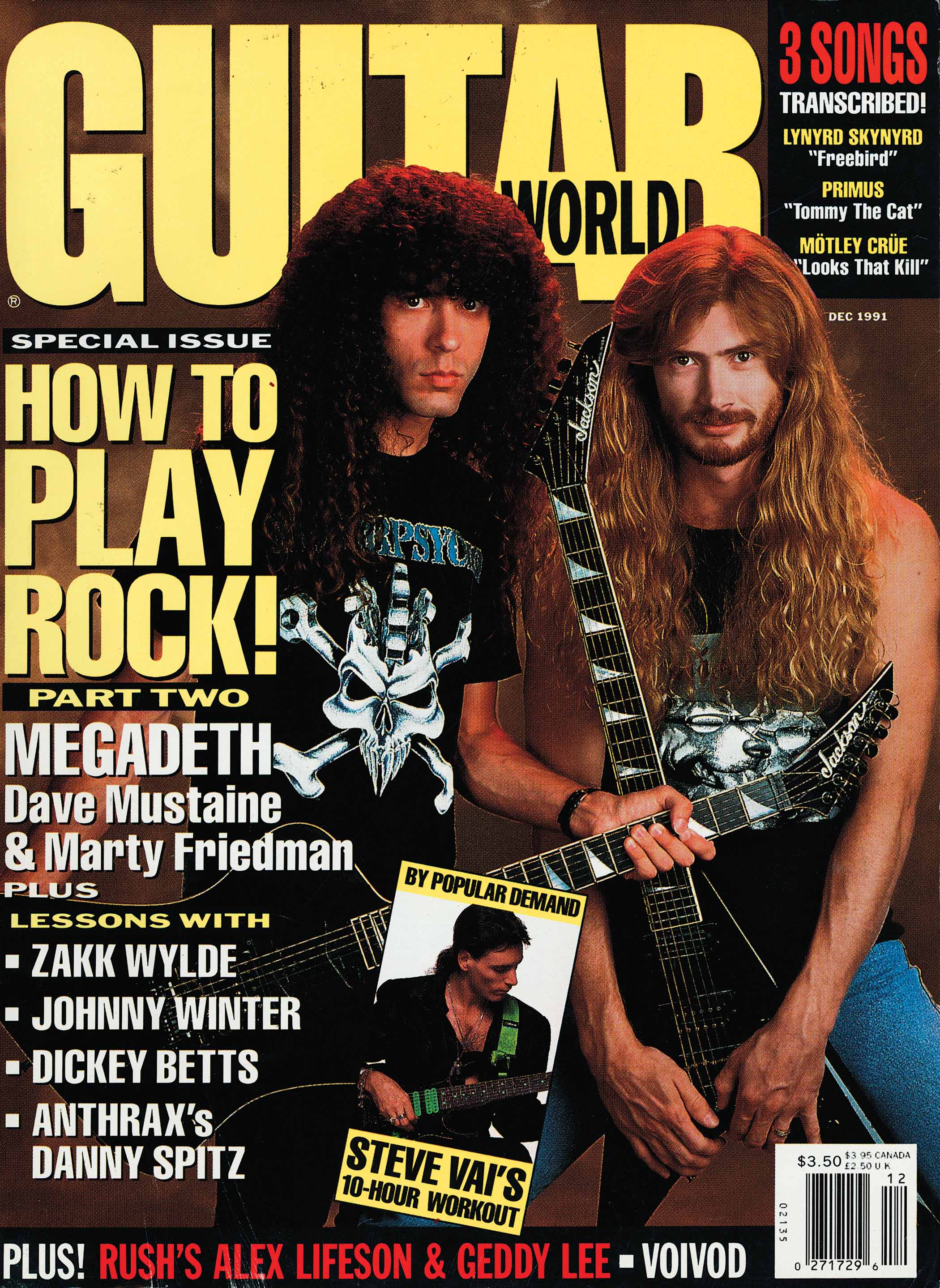
What notable recordings or tours did you use this guitar on?
“[Megadeth’s] Countdown to Extinction – the album and tour – and maybe one or two more after that. I didn’t play it much.”
Did you use this guitar post-Megadeth?
“Doubtful.”
Why did you choose this guitar for your GW cover shoot?
“I probably just got it and was in love with the shape. It might have been smarter to choose my signature model, though!”
Do you still have this guitar?”
“It was sold at a charity auction that I held in 2011 for the victims of Japan’s tsunami/earthquake.”
- Marty Friedman's biography, written with Guitar World's Jon Wiederhorn, is titled Dreaming Japanese and out now via Permuted Press.
